'Merica Labz quickly became a PricePlow favorite because of their American-style approach to everything they do. New products usually go big in some way because they push the limits of supplement-industry convention and top it off with a touch of can-do American ingenuity.
We love their Red, White, and BOOM pre-workout, and had a blast reviewing the even-crazier F-BOMB. But sometimes, you don't want caffeine. Stars and Pipes is an incredible and simple supplement, but what's the F-Bomb equivalent?!
Merica Labz F'N PUMP'D: F-Bomb's Stim-Free Pump Counterpart
Today 'Merica Labz brought us F'N PUMP'D, a product that is absolutely true to form for the patriotic company. Here we have huge doses of the most powerful and clinically-validated nitric-oxide-boosting ingredients commonly used by supplement formulators today, plus the return of the prodigal son – L-norvaline.
F'N PUMP'D is the kind of formula that will get you screaming "Wolverines!" as you push yourself through that seemingly impossible final rep at the gym. And if your gym has a problem with that, we recommend finding a new one. Let's get into it:
Merica Labz F'n Pump'd – Deals and Price Drop Alerts
Get Price Alerts
No spam, no scams.
Disclosure: PricePlow relies on pricing from stores with which we have a business relationship. We work hard to keep pricing current, but you may find a better offer.
Posts are sponsored in part by the retailers and/or brands listed on this page.
This area is reserved for Team PricePlow's upcoming videos.
Subscribe to our channel and sign up for notifications so you catch it when it goes live!
Ingredients
In a single 1-scoop (21 gram) serving of F'n Pumped from 'Merica Labz, you get the following:
-
L-Citrulline Malate (2:1) – 8000 mg
Citrulline is in pretty much every pre-workout formula these days, and that's a good thing.
This nitric-oxide (NO) boosting amino acid[1] is conditionally essential. That means your body can produce citrulline endogenously, but only to a limited extent. If some stressful event increases your metabolic requirements, then your body's production of citrulline probably won't keep up with demand. In that case, supplementation is necessary.
Citrulline gets converted into arginine, which is the actual NO precursor. The pathway looks like this:Citrulline → Arginine → NO****So why not supplement with arginine? Because citrulline is much more bioavailable when taken orally.[2-4]
So why do we want more NO? Put simply, NO is what gives you the pump most people are chasing in their workouts and in their selection of pre-workout supplement. Increased NO production causes vasodilation, a phenomenon in which the diameter of blood vessels increases.
The Arginine Citrulline Cycle with a breakout showing the arginine-to-nitric oxide reaction. Image courtesy Wikimedia with added biochemistry sources.[5]
This naturally improves circulation, allowing more blood to flow while at the same time decreasing the strain on your heart and arteries. NO-driven vasodilation is associated with substantial drops in both blood pressure and resting heart rate.[6-8]Some key performance benefits go along with increased vasodilation. Namely, oxygen and nutrients are delivered to muscle cells – and metabolic wastes removed – more efficiently.This not only helps you perform better during a workout, it also helps you recover faster afterwards.Research on citrulline indicates that supplementation with this amino acid can:
- Increase power by facilitating oxygen utilization[9]
- Increase athletic endurance by about 50%[10]
- Decrease the severity of post-exercise muscle soreness[10]
- Increase growth hormone (GH) secretion in response to exercise[11]
- Decrease protein breakdown[12]
- Amplify muscle growth in response to exercise[13,14]
One particularly interesting benefit of citrulline supplementation is that it increases the body's levels of ornithine,[15] an amino acid responsible for helping clear ammonia from blood and tissues.[16]
Ammonia buildup can cause physical and mental fatigue, so the citrulline-mediated removal of ammonia via ornithine is one potential explanation for citrulline's endurance-boosting effects.
Ornithine can help you sleep better and feel less stressed out, partly by decreasing your cortisol-to-DHEA ratio.[16]
How much citrulline is here?
Citrulline malate is approximately 56% citrulline by weight,[17] so here we're getting about 5.5 grams of pure citrulline.
That's well above the benchmark dose of 3,000 milligrams, which is probably the most commonly studied citrulline dose, and has been repeatedly validated as efficacious by the research literature.
Malic acid (malate's) independent benefits
The malate in citrulline malate has some cool benefits of its own, which is probably why this form of citrulline seems to be getting more popular with formulators.
Malate can play an important role in the Krebs cycle, which is the main energy production process for your body's cells.[18]
One study found that because of this effect on the Krebs cycle, citrulline malate can even improve cellular aerobic respiration, increasing the energy supply that your cells can draw upon during hard workouts.[19]
Will synergize with the arginine in arginine nitrate below
As a heads up, we also have arginine nitrate inside. Citrulline's actually going to help with that ingredient in two ways!
-
Beta-Alanine – 3200 mg
Beta-alanine is an ergogenic aid with a long history of use in the nutritional-supplement industry. It's been here since the beginning.
When beta-alanine is chemically combined with L-histidine, the result is carnosine, a dipeptide molecule that's present at high concentrations in muscle tissue. Within your muscles, carnosine functions to help clear lactic acid, a metabolic waste product that causes muscular fatigue as it builds up.[20]
Thus, decreasing lactic acid through beta-alanine supplementation is a viable strategy for increasing athletic endurance.
So why not take carnosine? Much like the citrulline/arginine situation, the carnosine precursor is much more orally bioavailable than carnosine itself.
In fact, the amount of beta-alanine at your cells' disposal is the rate-limiting factor—the bottleneck—on your body's production of carnosine.[21,22] Supplementing with beta-alanine is thus a particularly good strategy for upregulating carnosine production.
Two sizeable meta-analysis studies that examined over 40 different peer-reviewed papers on beta-alanine supplements found that the compound is most useful for boosting endurance during exercise sessions between 30 seconds and 10 minutes long.[20-27]
This 3,200-milligram dose is the most commonly studied, and has been repeatedly validated by research.
Beta-alanine tingles?
Most people, upon taking beta-alanine, experience a tingling sensation in their upper body. This can feel a little weird for first-timers, but it's nothing to worry about: the scientific consensus is that the tingles are harmless and that beta-alanine is safe for human consumption.[28]
-
Arginine Nitrate (as NO3-T) – 2500 mg
You might be a little confused to see arginine nitrate here, after all, we did just say that oral arginine supplements aren't that great.
However, there is an exception – arginine and citrulline, when taken in combination, outperform either ingredient taken alone - both in humans[29,30] and animals.[1] In other words, arginine and citrulline have synergistic effects when combined.
This is due to the fact that citrulline actually inhibits arginase, the enzyme responsible for breaking down arginine in the "first pass effect" before it's absorbed through the intestines.[31,32]
By sparing arginine from the first pass effect, citrulline thus increases the bioavailability of the arginine part of arginine nitrate!
Benefits of arginine
So what benefits does arginine supplementation give us? All the same benefits as citrulline, which we discussed above. For a reminder, see our diagram of the citrulline-to-NO conversion pathway. With this additional arginine dose, you're getting even more NO than you would with the citrulline alone, and hence, greater effect sizes for all the benefits we discussed in the citrulline section.
Benefits of nitrates
But arginine is only one part of this molecule – we also have nitrates bound to the arginine.
We want nitrates for the same reason we want citrulline and arginine. Nitrates help drive NO synthesis, albeit by a slightly different pathway: Nitrates act primary on salivary glands, which then fix the nitrates into NO.[33-35]
So, again, we'll get all the benefits we've discussed of higher NO blood levels. But to quote some nitrate-specific literature, here are the benefits associated with nitrate supplementation:
- Improved circulation[36]
- Greater aerobic efficiency[36-39]
- Increased strength[40,41]
- Increased cellular energy production[41-43]
Added research and synergy with citrulline
On top of citrulline functioning as an arginase inhibitor,[1,29,30] we've also seen that citrulline and nitrate work very well together
In 2019, a study on 24 seniors demonstrated significant improvements to max power output (as well as blood pressure, heart rate, and oxygen consumption) after providing 520 milligrams of nitrate with 6 grams of citrulline.[44]
While we do have more than that much nitrate (arginine nitrate is roughly 26% nitrate, so we have roughly 0.653 grams of total nitrate here), we don't exactly have that much L-citrulline, but we're quite close. We love it when we have studies demonstrating powerful effects with multiple ingredients we like to use.
-
HydroPrime (65% Glycerol Powder) – 2000 mg
HydroPrime, by NNB Nutrition, is a trademarked form of glycerol.
Glycerol is the supplement industry's mainstay osmolyte— an agent that helps induce a state called cellular hyperhydration.
Glycerol is a polyol sugar and natural byproduct of cellular metabolism.[45,46] In other words, your body makes glycerol endogenously. Glycerol is needed for liver gluconeogenesis,[47] the mechanism by which your liver turns protein into glucose.
Any glycerol produced or ingested by your body gets metabolized by the liver and kidneys, and then it's evenly distributed throughout your tissues. Only the brain and eyes are exempt from glycerol distribution.[13]
You wouldn't want glycerol in your brain or eyes anyway since it raises the osmotic pressure and forces higher than usual amounts of water into those cells. At the tissue level, this can produce swelling, which is something you definitely don't want in your brain or eyes.
What is hyperhydration?
Recall that in the process of osmosis, a solute concentration gradient, a difference in solute concentration between two regions of fluid causes liquid to move from the region of higher concentration to the lower concentration.[48]
Glycerol raises solute concentration around cells, which is how it pushes water away and, thus, into cells.
As a result, not only do your cells contain more water,whole-body hydration improves as well.
Lower-quality glycerol powders, especially combined with citrulline, can arrive with clumps - and only get worse over time. Image taken from PricePlow Forums
Besides improving hydration, extra water inside your cells increases resistance to heat stress and extra nutrients. All of these things can help protect your cells from the potentially damaging effects of intense physical activity, and boost performance by preventing dehydration.[49]
That's hyperhydration in a nutshell.
Unsurprisingly, this whole process works best when you're already hydrated,[50] so be sure to drink plenty when taking a glycerol supplement.
What's special about HydroPrime?
The main reason we prefer HydroPrime to generic forms is that glycerol, frustratingly, has a tendency to clump and solidify. There's even a term for when it happens in glycerol-containing supplements: bricked. Once a product is bricked, it's unusable.
The other potential problem is that generic glycerol isn't standardized, meaning that there can be a large discrepancy between the amount of glycerol you're expecting and the amount you actually get.
HydroPrime takes care of both issues. It's formulated specifically to bit clump. And it's rigorously standardized to help ensure that every batch of HydroPrime is the same and consists of about 65% glycerol by weight (an unusually high yield for a glycerol supplement).
If you want to read more about HydroPrime, check out our long-form article HydroPrime: Glycerol With More Pumps and Less Clumps.
-
L-Tyrosine – 1000 mg
Tyrosine is a great pre-workout ingredient for two main reasons:
-
First, tyrosine helps support thyroid function since it acts as a precursor to triiodothyronine (T3) and thyroxine (T4), the two main thyroid hormones.[51,52]
Why does this matter? The stress of hardcore physical activity can interfere with thyroid function, potentially shifting your metabolism into a high-cortisol state.[53,54] Thus, it's not a bad idea for anyone who's pushing themselves in the gym to think about adding in some thyroid support.
People who work out also tend to periodically diet by restricting calorie intake. Unfortunately, this can also mess with your thyroid. And if you're working out hard and restricting calories at the same time, that's a thyroid double-whammy. Of course, the extent of this potential problem depends on how aggressively you're cutting calories.[55]
-
Second, tyrosine is a precursor to catecholamine neurotransmitters like dopamine, adrenaline, and noradrenaline.[56-58] Upregulating these neurotransmitters can improve mental clarity, particularly focus and motivation.
Adrenaline and noradrenaline can help decrease appetite while increasing fat burning, making tyrosine a good way to support your calorie cut even while protecting your thyroid function.[59]
Great for sleep deprivation
As most of us have personally experienced, and mounting research continues to substantiate, sleep deprivation can wreak havoc on mental and emotional function. Well, according to research conducted by the U.S. Military, tyrosine is actually better at restoring cognitive function during sleep deprivation than everyone's favorite wakefulness-promoting heavy-hitter, caffeine![60,61]
-
-
L-Norvaline – 250 mg
Next up we have the controversial amino acid L-norvaline.
Whereas citrulline, arginine, and nitrates work primarily by increasing nitric oxide (NO) production, norvaline powerfully inhibits arginase, the enzyme responsible for degrading NO and, hence, deactivating it.
Arginase inhibition makes the NO in your blood last longer, keeping levels higher for longer.[62]
The norvaline controversy: Derailed by a wildly-dosed in vitro study?
Let's talk about what makes norvaline controversial.
The amino acid fell out of favor with the supplement industry a few years ago after the publication of an in vitro study claiming that high-dose norvaline can be cytotoxic via mitochondrial damage, specifically in the brain.[63] If true, that would be a problem. But the study fails to mention a few things that are of absolute importance.
The limitations of in vitro studies
We should emphasize that the norvaline toxicity research we mention was an in vitro study, and numerous amino acids that are safe in vivo can do this when monstrously dosed in vitro like they were here.[64] This is why it's tough to say whether in vitro study results can be applied to in vivo living organisms. Oftentimes a compound behaves very differently in vitro than in vivo.
There are several reasons for this, but the most common one is that living organisms, unlike cultured cells, process food through digestive systems that typically modify the ingested compound through enzymatic reactions. By the time the stuff we eat gets to our cells, it's often in a different chemical form than it was when we ate it.
The other thing to note is that the dose applied to cells in the in vitro study was huge. We're talking 4 to 5 times what we typically see in supplements.
For these two reasons, the inferences drawn by the in vitro study have been criticized by subsequent peer-reviewed studies. In their article published by the peer-reviewed journal, Brain Sciences, Baruh Polis, Michael A. Gilinsky, and Abraham O. Samson state:[64]
"In brief, the conclusions of the study by Samardzic and Rodgers are significantly overstated and omit the fact that L-norvaline toxicity is limited to specific in vitro assays at exceedingly high concentrations. As such, the title could inadvertently be grossly exaggerated and may have instigated unfounded news reports about human toxicity of the dietary supplement L-norvaline. Most importantly, the study at hand does not confirm any human toxicity of L-norvaline; however, it makes claims unsupported by actual data, which resonate in newspaper articles and interviews. For example, they claim that 'Bodybuilding supplement could be bad for the brain',[65] which is a misleading and false statement."[64]
Going back to the question of dose, the same authors point out, "In fact, it is well-established that most amino acids at concentrations ~100 µM and above are cytotoxic in vitro."[64] They go on to cite a study from all the way back in 1955 to this effect.[66]
In fact, there's even some evidence to suggest that supplementing with norvaline could even improve brain health and function.[67]
After re-analyzing the data and criticisms,[64] norvaline has made something of a comeback in recent months, so it's worth rehashing this old debate for those who weren't following when the controversy started. In general, we don't fault supplement formulators for erring on the side of caution at first. But we do want to present all the facts available to help readers make up their own mind. We believe this is an effective arginase inhibitor.
Nonetheless, if you aren't sure what to do, talk to your doctor about taking norvaline.
-
Pine Bark Extract (95% Proanthocyanidins) – 250 mg
We have a lot of impressive NO boosters in 'Merica Labz F'N PUMPED, and we're finishing off the formula with another great ingredient from that category: pine bark extract.
Although the ubiquitous pine tree may seem humble, don't be fooled – pine bark is jam packed with strong polyphenol antioxidant compounds.[68,69] They're known for upregulating the enzyme, endothelial nitric oxide synthase (eNOS),[68,69] which is responsible for creating NO in the arteries. More eNOS activity naturally leads to more NO and, hence, greater vasodilation.[70]
Pine bark infusions and tinctures have been used for millennia all over the world as a folk remedy for conditions like blood stasis, which refers to the slowing or pooling of blood.[68,69]
Modern science has corroborated this traditional wisdom, finding that pine bark extracts have cardioprotective properties.[68,69]
In fact, pine bark extract is so powerfully anti-inflammatory that it has been linked to a reduced risk of serious neurological disease.[69]
Flavors available
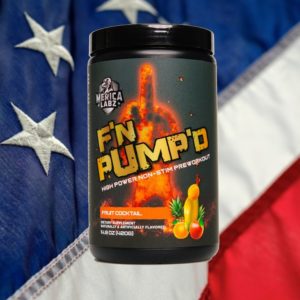
...because they're the same as F-BOMB, for incredible stacking!
Conclusion: A Great F'N Nitric Oxide Supplement
Wherever the industry ends up landing on norvaline, we like seeing more arginase-inhibiting ingredients making their way into pre-workouts. In general, the emphasis seems to be excessively on boosting NO production. But extending the action of NO seems like a promising and, so far, under-utilized approach to protecting cardiovascular health and improving athletic performance.
Meanwhile, getting some extra water-based hydration pumps with HydroPrime glycerol is an extra boon. It's also in Stars 'N Pipes, so you know Merica Labz digs it.
The best formulators choose secondary ingredients carefully and for maximum effect. We believe 'Merica Labz did this very well with tyrosine. While its thyroid support function may not be the main reason it's here (it's generally added for the focus boost), we appreciate seeing it in F'N PUMP'D regardless.
What will Merica Labz do next? We're not sure, but we'll look forward to some other excellent pre-workout options throughout the coming years!
Merica Labz F'n Pump'd – Deals and Price Drop Alerts
Get Price Alerts
No spam, no scams.
Disclosure: PricePlow relies on pricing from stores with which we have a business relationship. We work hard to keep pricing current, but you may find a better offer.
Posts are sponsored in part by the retailers and/or brands listed on this page.
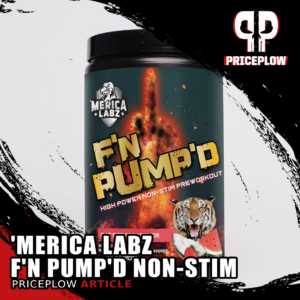
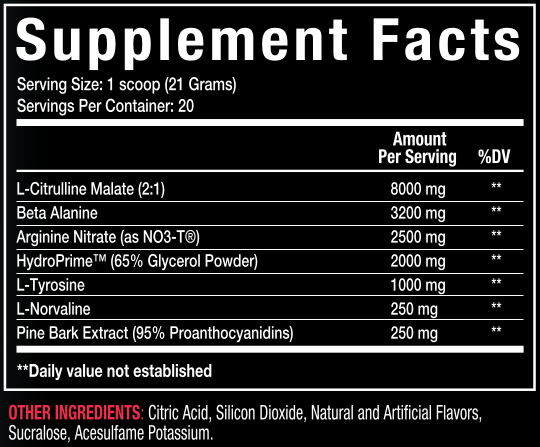
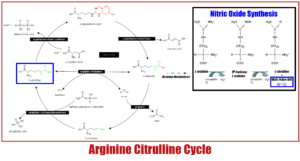
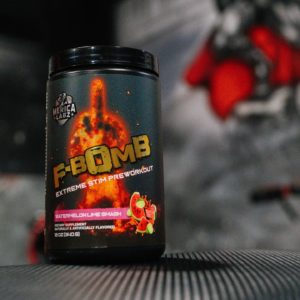

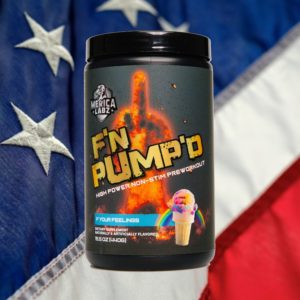

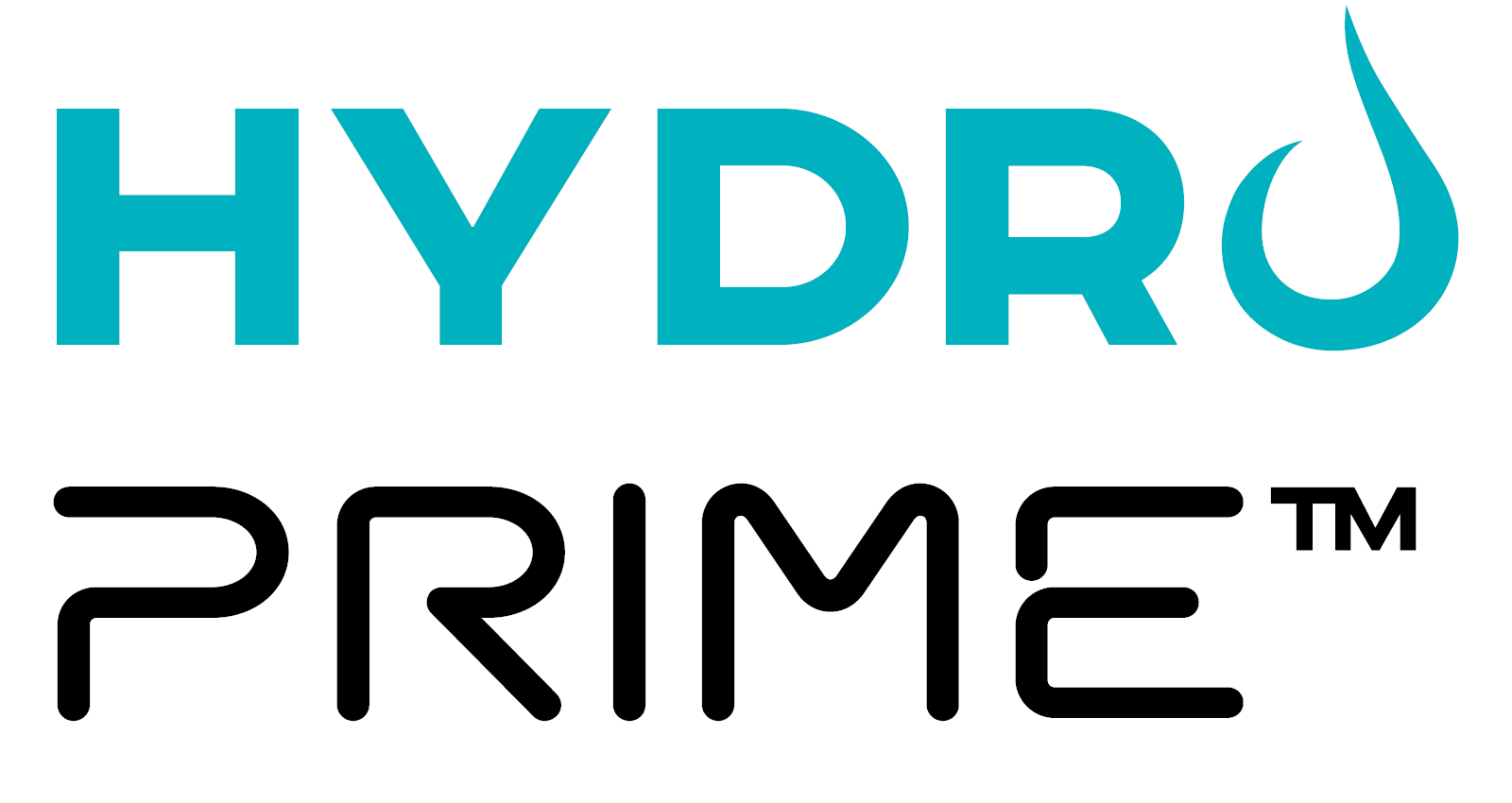
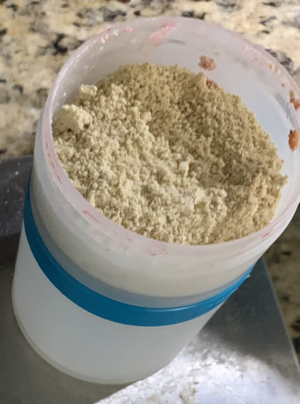

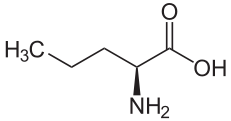

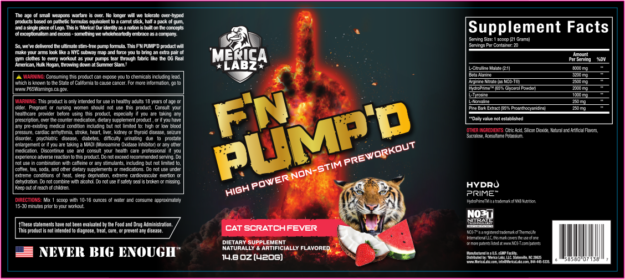


Comments and Discussion (Powered by the PricePlow Forum)